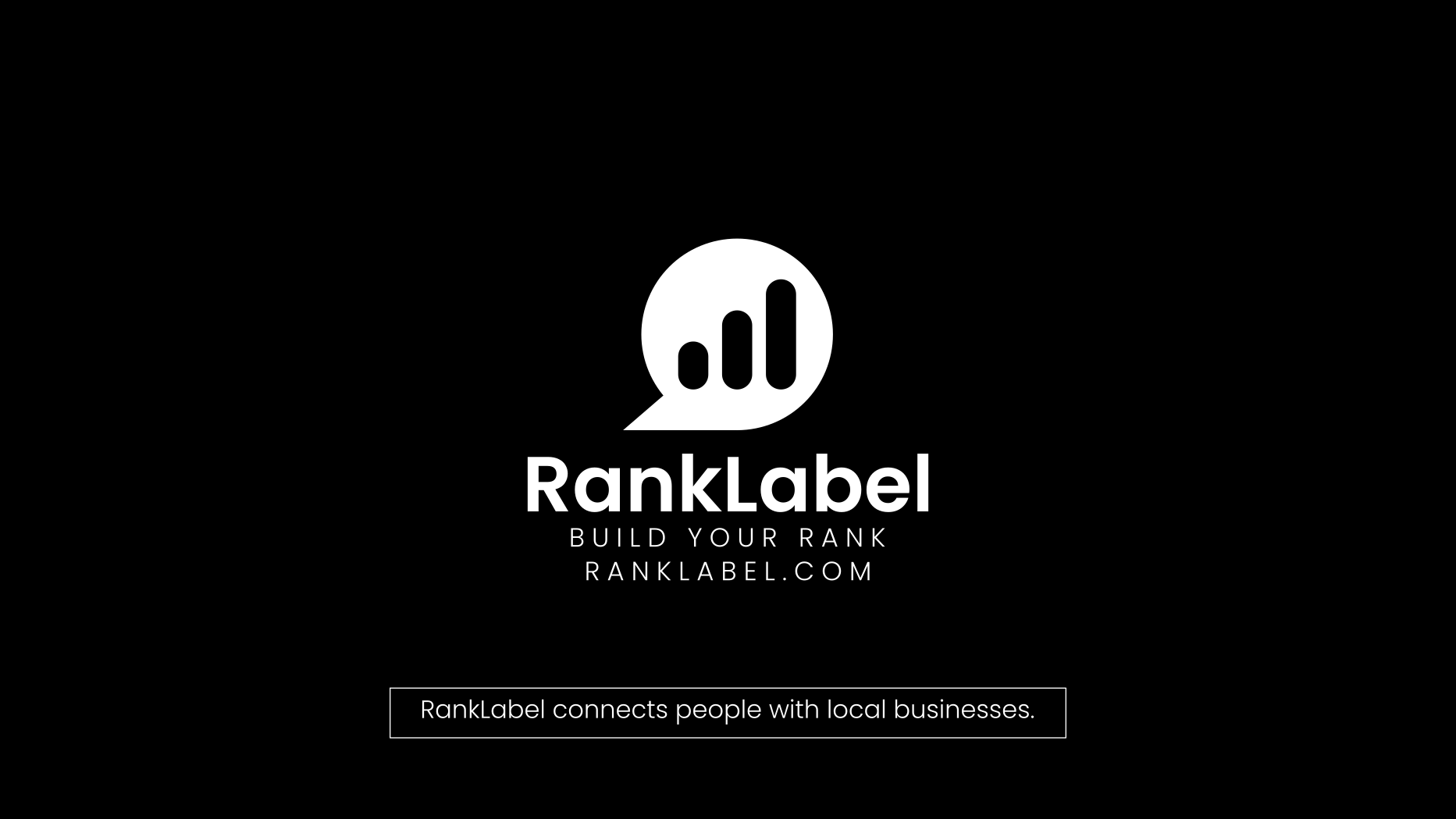The Transformative Power of 3D Printing Across Industries

In recent years, 3D printing technology has revolutionized various sectors, offering unprecedented flexibility and efficiency in production. From creating intricate architectural models to fostering innovation in startups, the applications of 3D printing continue to expand, reshaping traditional practices. This comprehensive guide explores how 3D printing is enhancing capabilities in manufacturing, architecture, startups, gaming, and education through specialized workshops.
3D Printing for Manufacturing
3D printing, or additive manufacturing, has become a game-changer in the manufacturing industry. This technology allows companies to create parts and products directly from digital models, reducing the time and cost associated with traditional manufacturing methods. The integration of 3D printing in manufacturing not only streamlines production processes but also opens up new possibilities for design and innovation.
- Customization: 3D printing enables the creation of customized parts without the need for expensive molds or tooling. This is particularly beneficial for industries such as automotive and aerospace, where tailored components are often required.
- Rapid Prototyping: Manufacturers can quickly turn concepts into fully functional prototypes, allowing for faster iteration and refinement of designs.
- Complex Geometries: With 3D printing, producing complex shapes that are difficult or impossible to achieve with traditional methods is now feasible, opening up new possibilities in design and functionality.
- Sustainability: Additive manufacturing can be more sustainable than traditional manufacturing, as it typically produces less waste and can use a wider range of materials, including recycled plastics and metals.
By embracing 3D printing, manufacturers are not only enhancing efficiency and product quality but are also positioned to respond more quickly to market changes and consumer demands.
3D Printed Architecture Models
Architecture has also greatly benefitted from advancements in 3D printing technology. 3D printed architecture models are an essential tool for architects, offering a tangible way to visualize and refine building designs before construction begins.
- Accuracy and Detail: 3D printing allows for high precision in creating detailed architectural models, which can accurately represent textures, structures, and other critical design elements.
- Time Efficiency: Compared to traditional model-making techniques, 3D printing can significantly reduce the time required to produce scale models.
- Cost-Effectiveness: Reducing the manual labor involved in model building, 3D printing can also lower the overall cost of producing architectural models.
- Client Presentation: These models provide a realistic representation of the proposed design, making it easier for clients to understand and approve projects.
The ability to quickly produce detailed and accurate models makes 3D printing an invaluable tool for today’s architects, facilitating better communication and decision-making in the design process.
3D Printing for Startups
For startups, particularly those in technology and design fields, 3D printing offers a powerful means to develop and test new concepts without requiring significant investment in manufacturing resources.
- Cost Reduction: 3D printing significantly lowers the barriers to entry for product development by reducing the need for costly prototypes and manufacturing setups.
- Speed to Market: Startups can iterate designs rapidly and move from concept to product much faster, providing a competitive advantage in fast-paced markets.
- Innovation: With the ability to experiment easily with designs and functionalities, startups can explore innovative product features and applications without the constraints of traditional manufacturing techniques.
- Customization: Small businesses can offer customized products as per consumer preferences, which helps in differentiating themselves in the market.
3D printing empowers startups to push the boundaries of innovation while managing risks and costs effectively, making it a critical tool for new enterprises looking to make their mark.
3D Printing for Gaming
The gaming industry has also embraced 3D printing, using it for everything from prototyping game pieces to creating fully customized gaming hardware. The flexibility of 3D printing technology allows both developers and gamers to bring their imaginations to life with precision and ease.
- Custom Game Pieces: Gamers and designers can create custom miniatures and game components, enhancing the gaming experience and adding a personal touch to the gameplay.
- Rapid Prototyping: Game developers can prototype game pieces and user interfaces quickly, allowing for thorough testing and refinement during the development process.
- Enhanced Accessibility: Customizable accessories, such as adaptive controllers for players with disabilities, can be designed and produced to make gaming more inclusive.
3D printing in gaming not only improves the design and playability of games but also promotes a more inclusive and personalized gaming environment.
3D Printing Workshops
To fully leverage the potential of 3D printing, individuals and organizations across industries are turning to 3D printing workshops. These workshops provide hands-on experience and expert guidance on the practical aspects of 3D printing, from basic techniques to advanced applications.
- Skill Development: Participants can learn about different types of 3D printers, materials, and software, gaining the skills necessary to design and print their own 3D projects.
- Innovation Encouragement: Workshops often encourage creative thinking, helping attendees to brainstorm and materialize ideas that could transform into business opportunities or practical solutions.
- Networking Opportunities: These workshops provide a platform for like-minded individuals and professionals to connect, share insights, and collaborate on future projects.
Whether you’re a hobbyist looking to explore new tech or a professional aiming to upskill, 3D printing workshops offer valuable opportunities to engage with this transformative technology.
In conclusion, 3D printing technology is not just about creating objects; it’s about opening up new pathways for innovation, efficiency, and creativity across various sectors. As this technology continues to evolve, its impact on industries ranging from manufacturing to gaming is expected to grow, further cementing its role as a cornerstone of modern digital fabrication.











